With the OG adidas Ultra Boost set to be re-released on December 1, we wanted to take a trip down memory lane for one of the most influential sneaker technologies in recent years: the adidas Boost.
The Creation of Boost
In 2013, adidas released the Boost sole on Energy Boost sneaker in which would eventually re-establish the brand as an important influencer within the sneaker world. At the time, the Boost sole was ahead of the curve, released before the athleisure and the wellness trends had properly taken off.
Resting on the foundation of its innovative cushioning material, adidas along with BASF, the world’s leading chemical company, designed an ambitious midsole system that would carry the Three Stripes brand back to sneaker supremacy.
With science on its side, the solid granular material known as TPU would become recognised all over the world.
When the Hype Became Real: the Ultra Boost and Yeezys
But the hype around the BOOST technology only grew exponentially upon the release of the adidas Ultra Boost.
Coined the ‘Best Running Shoe Ever’, the original Ultra Boost’s release on February 11 2015 created shockwaves around the world with the way it combined a BOOST midsole with a Primeknit upper.
What was different with the Ultra Boost compared to adidas’ previous releases of Energy Boost and Pure Boost was that this silhouette bridged the gap between performance and style. The original black and purple colourway Ultra Boost was deemed by many to be iconic – spotted not only on the running track, but also on the streets and fashion events around the world.
Soon after the release of the Ultra Boost, adidas announced its first set of collaborations with a stellar line up of Stella McCartney, Kris Van Assche, Kolor’s Junichi Abe, and adidas Creative Directors Dirk Schonberger and James Carnes. Together, these collaborations were titled the ‘Ultraboost Collective’.
Of the collaborations from the ‘Ultraboost collective’, Schonberger and Carnes’ monochrome Ultra Boosts were arguably the most important.
Notably, the Triple White colourway would sell out almost immediately following its appearance on Kanye West’s feet during the 2015 Billboard Music Awards.

With the Triple White (and Ultra Boosts in general) getting Kanye’s tick of approval, people all over the world wanted a pair of Ultra Boosts. The Ultra Boosts gained notoriety for its astronomical resale price in the secondary market despite having already been on the market for six months (and the Boost technology having been in stores for over two years at this point).
While Kanye’s co-sign undoubtedly gave the Ultra Boost the attention it needed, its sustained relevance over the years was attributed to its genuine comfort as well as how easy it was to style the sneaker within the athleisure aesthetic that started to blow up in late 2015.
Without a doubt, the Ultra Boost became the benchmark for Boost sneakers (and, really, the market-leader within streetwear). Being aware of the widespread acclaim of the Ultra Boost, adidas wanted to build upon the success of Ultra Boost.
The Kanye West-designed line of Yeezys, which launched in 2015 with the 750 and 350 silhouettes would be adidas’ next major move. With both Yeezy releases containing Boost, it further cemented the technology as being lifestyle-ready and being inseparable from the mainstream culture.
Even today, Yeezys are at the centre of the sneaker conversation as the Yeezy label continues to release more and more sneakers.
Running Sneakers Becomes a Lifestyle
Parallel to all of this, the NMD was released later in 2015. The NMD silhouette – along with the Ultra Boost and Yeezys – made the Boost something that could be used on a successful lifestyle sneaker.
Designers and brands from all over the world took turns offering up their own artistic renditions of the shoe. Thanks in part to collaborations with Pharrell, BAPE, KITH and many others, the NMD transcended and became a streetwear staple status for many. Most notably, the Chanel x Pharrell NMD is currently being sold at around $12,500.
In its relatively short timeline, adidas’s Boost technology has mashed together sport, style and celebrity influence en route to establishing itself as its very own entity. Revolutionizing the industry with its eclectic selection of colour-ways and collaborative releases, Boost-bearing sneakers reigned over the sneaker realm in a manner far different from not only those that came before it, but likely from ones to follow.

As we come closer to the end of 2018, adidas has developed an extensive line of Boost sneakers. From the Yeezys to the Ultra Boost, adidas has continued to refine how Boost technology can be used to make consumers both feel good and look good.
Adidas’ decision to re-release of the OG Ultra Boosts then, makes a lot of sense. The popularity of the Ultra Boost cannot be denied, with the sneaker having already undergone four different iterations since its initial release in 2015.
Fans of the silhouette will be happy to see the return of the OG Primeknit pattern as well as the black/purple colour-way which is one of, if not, the best Ultra Boosts to ever be released.
To buy a pair of adidas sneakers, click here.
By Campbell PUSHAS


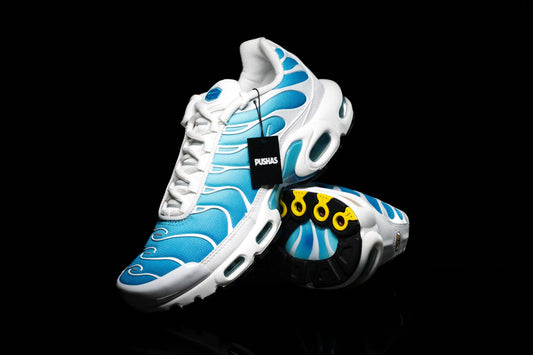
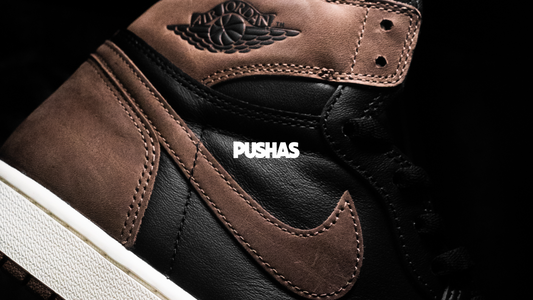
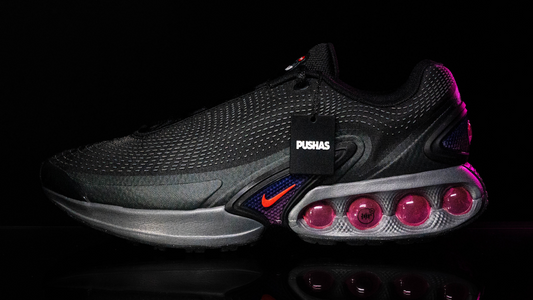
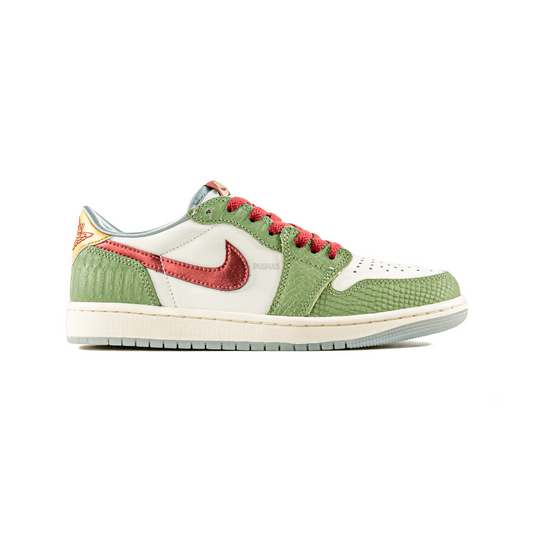
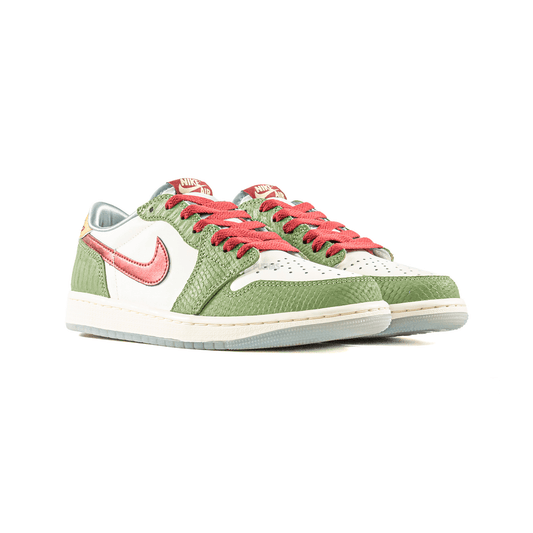
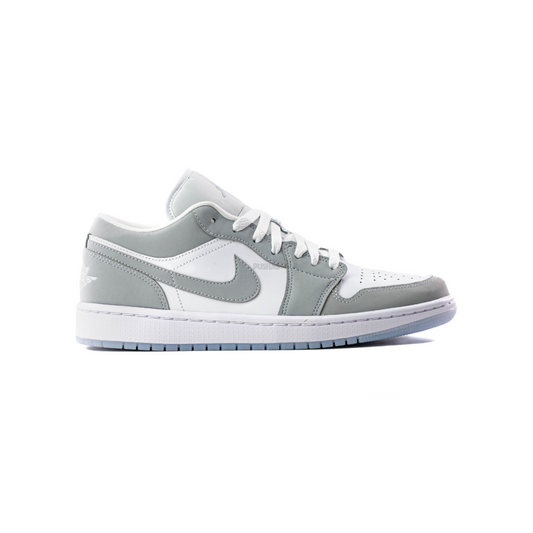
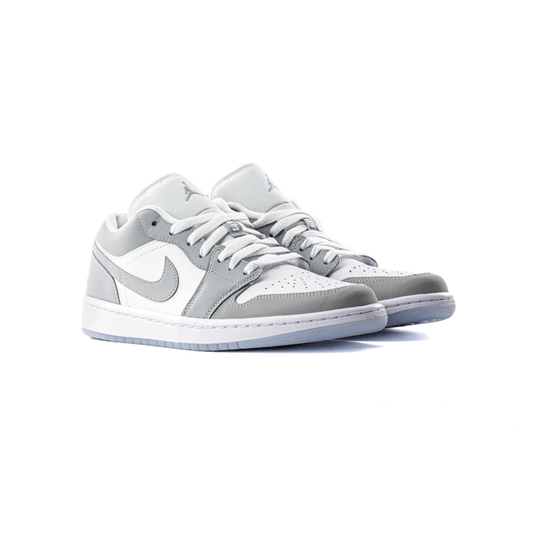
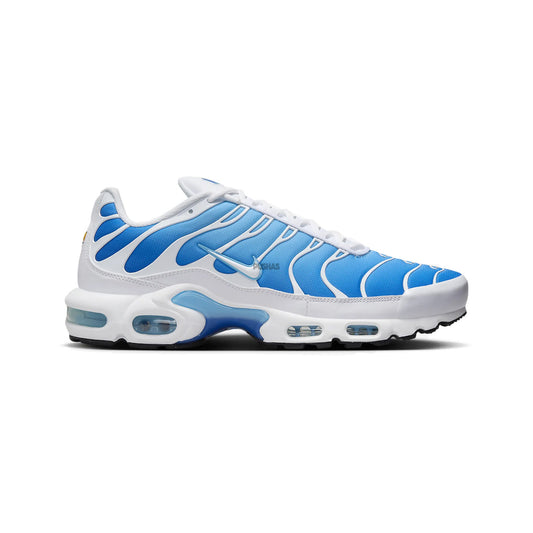
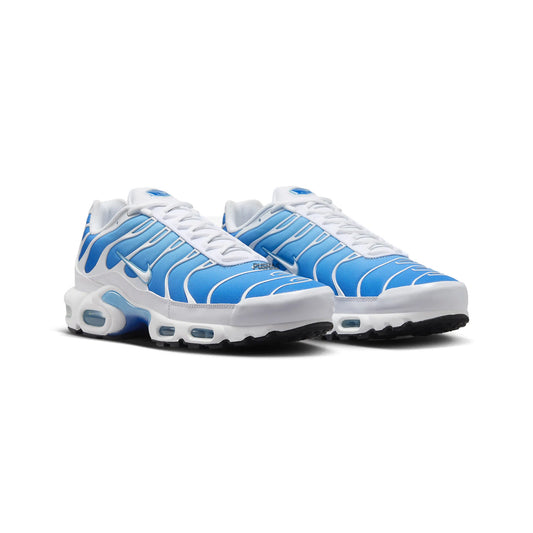
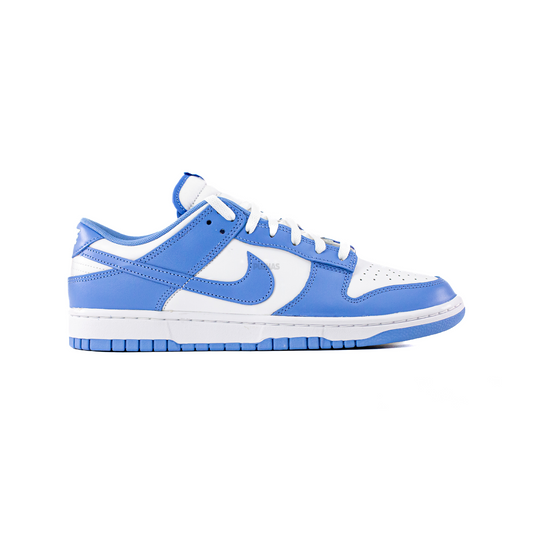
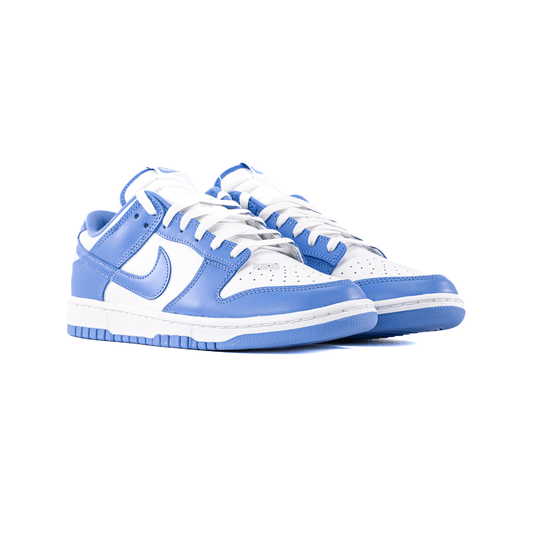
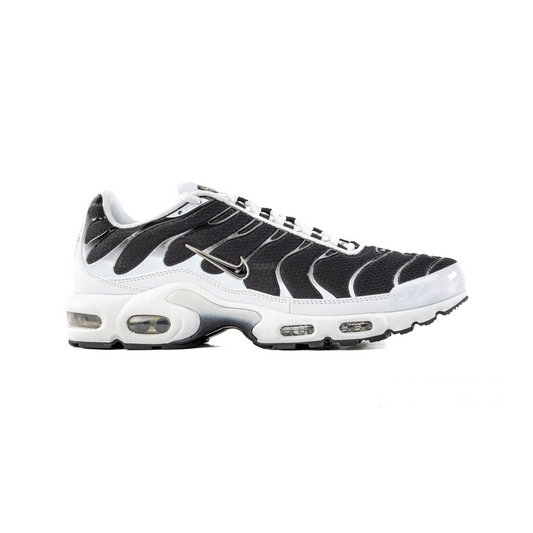
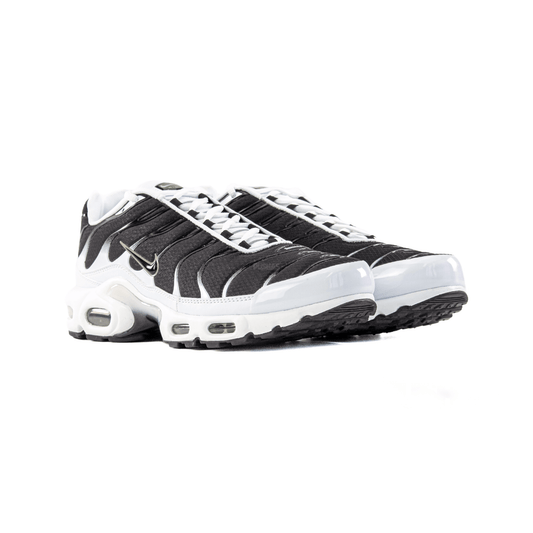
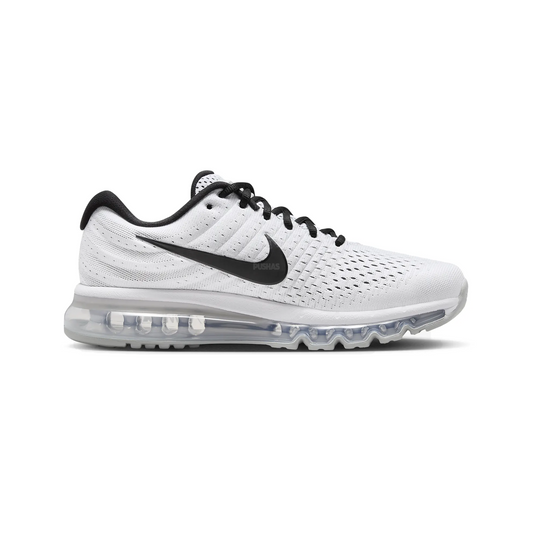
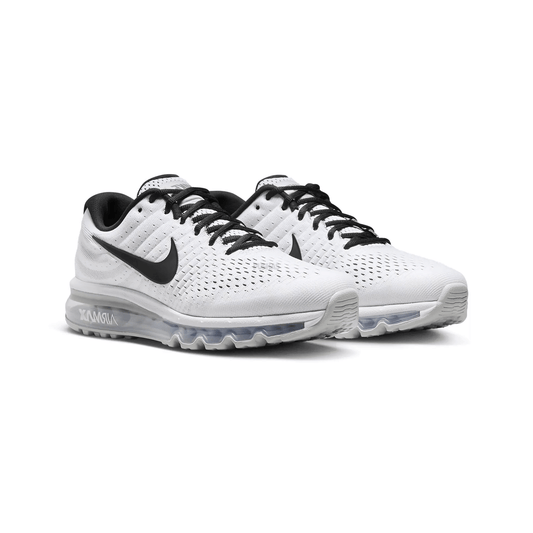
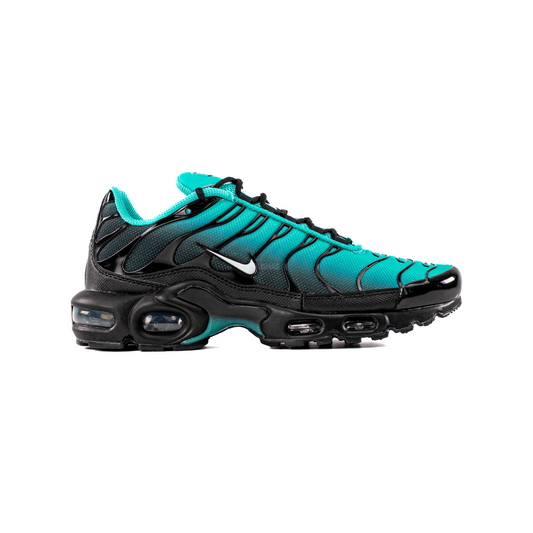
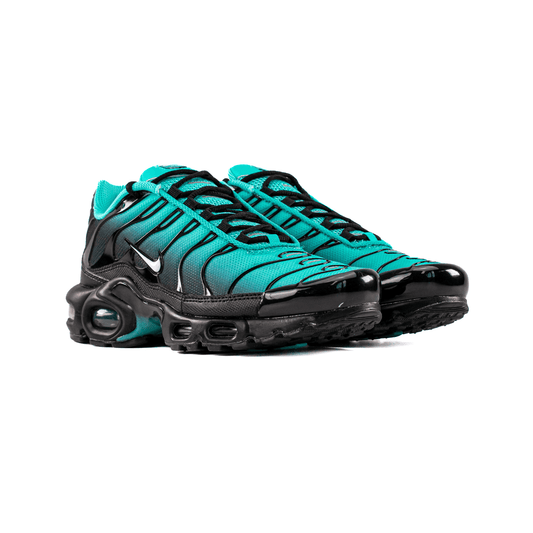
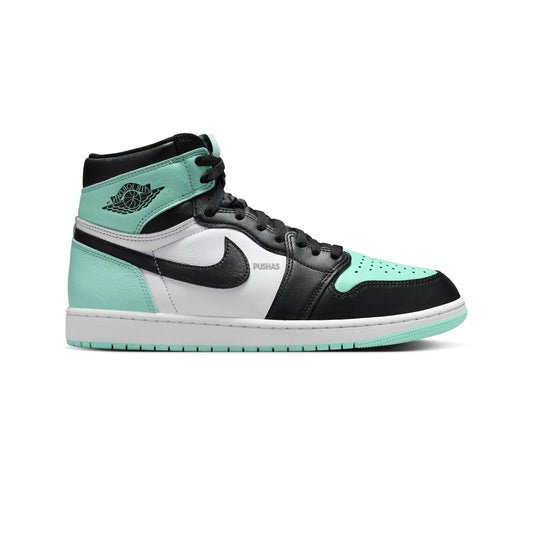
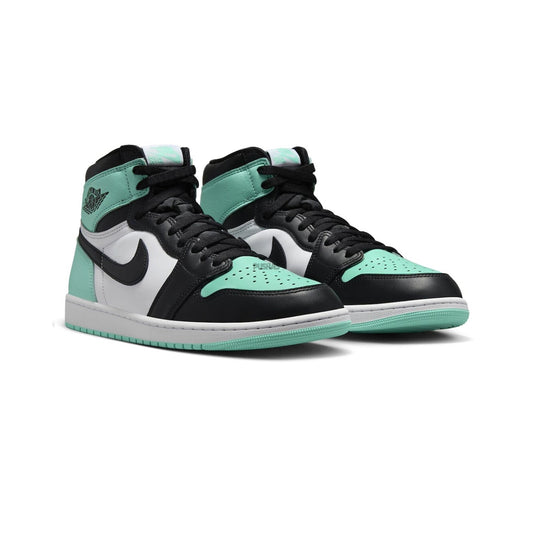
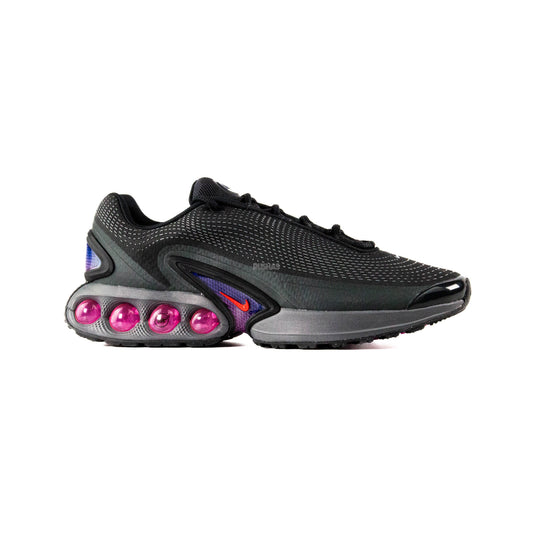
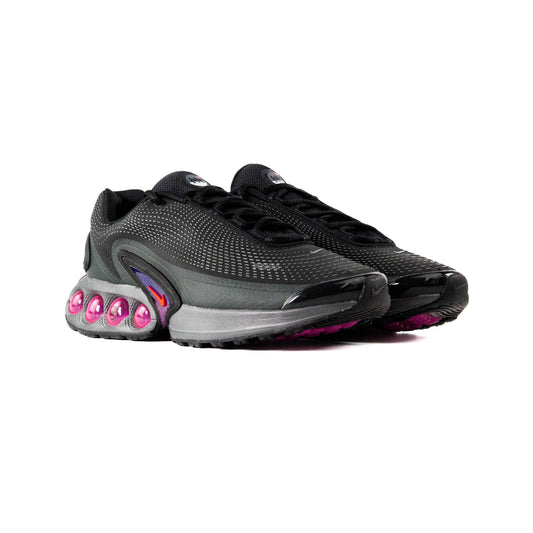
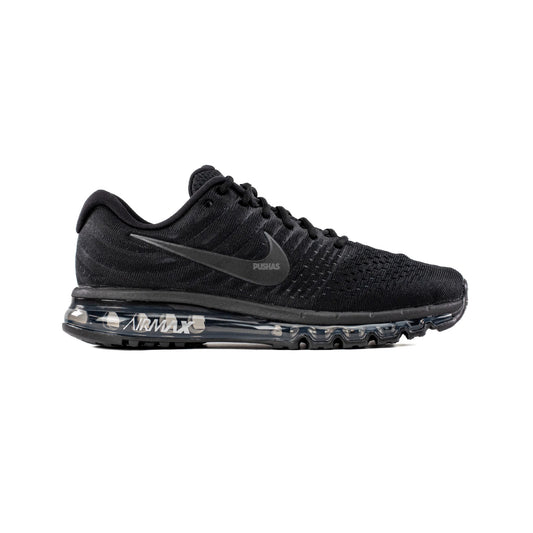
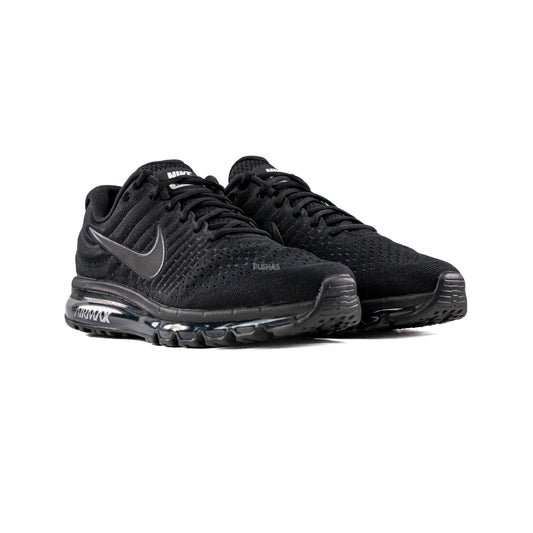
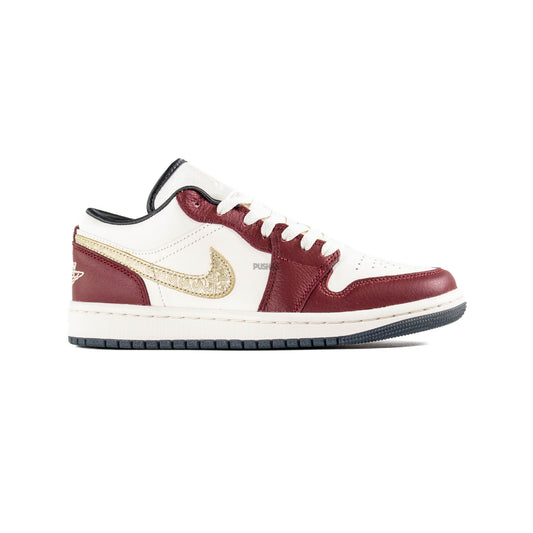
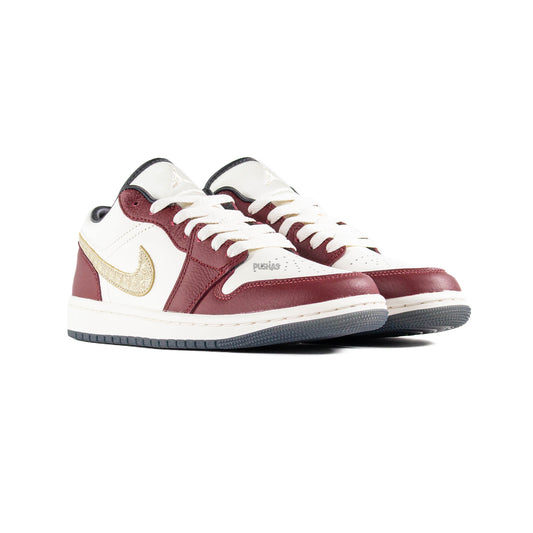
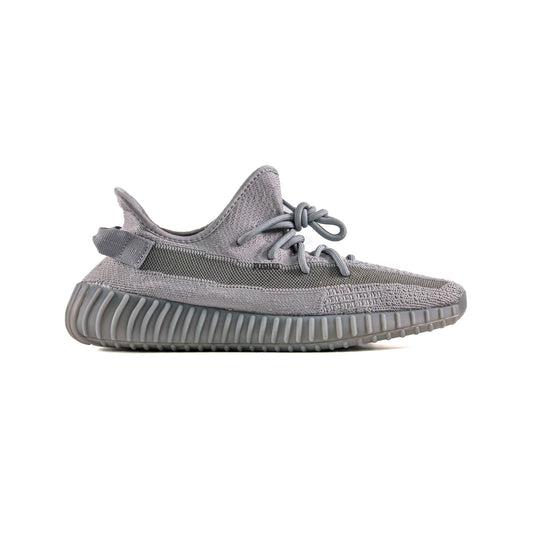
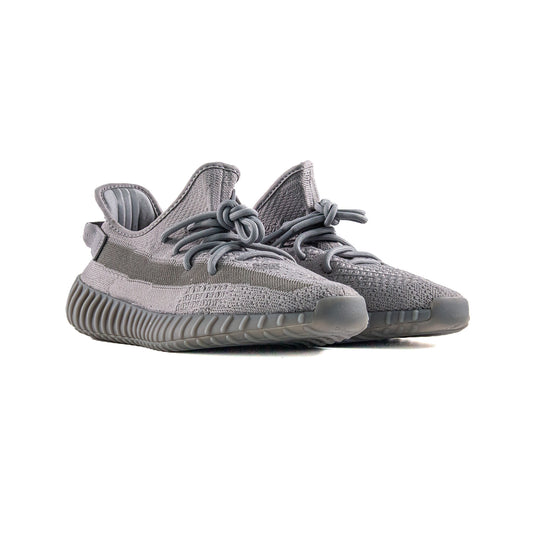
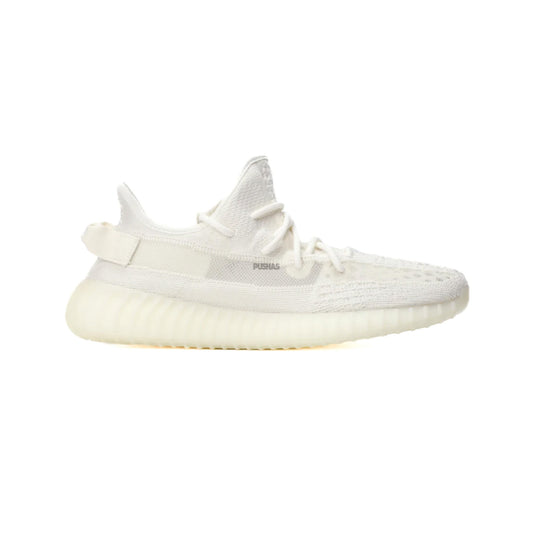
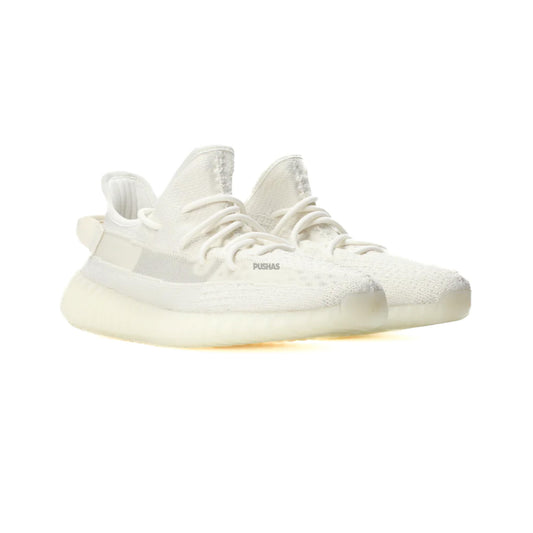
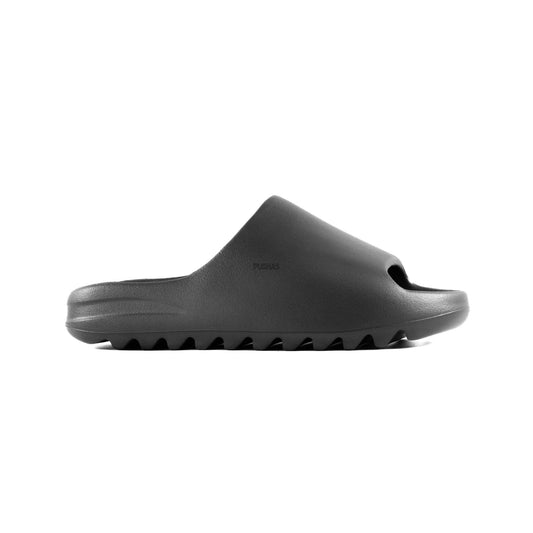
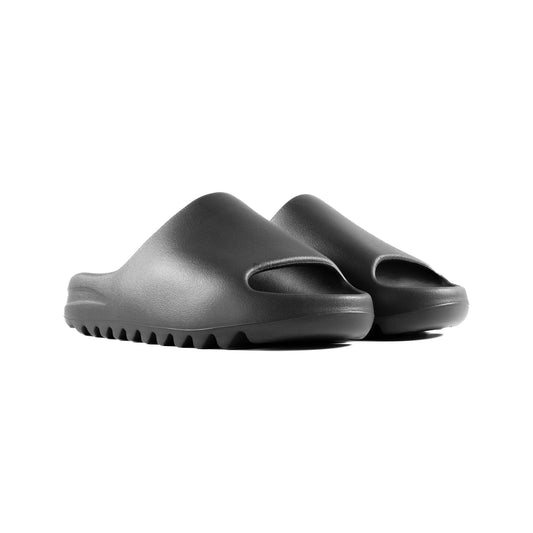
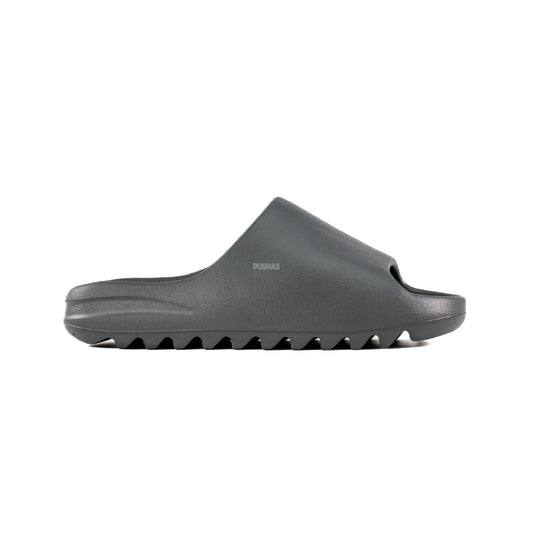
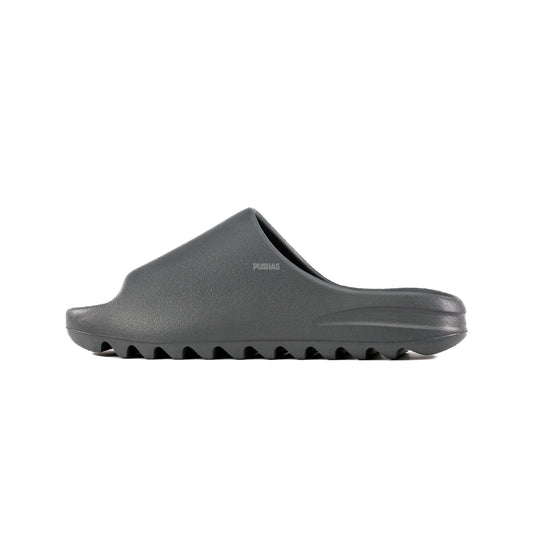
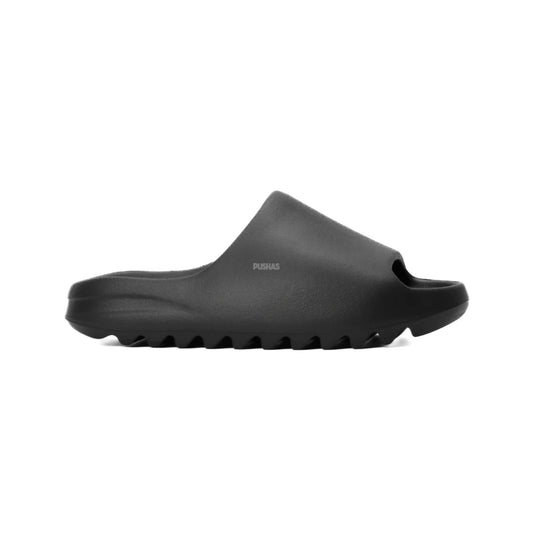
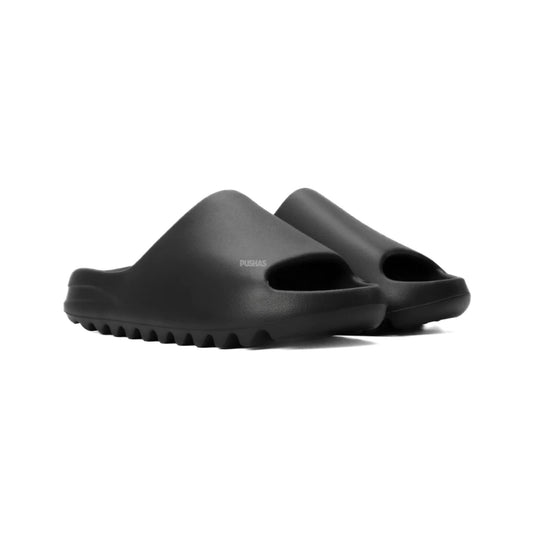
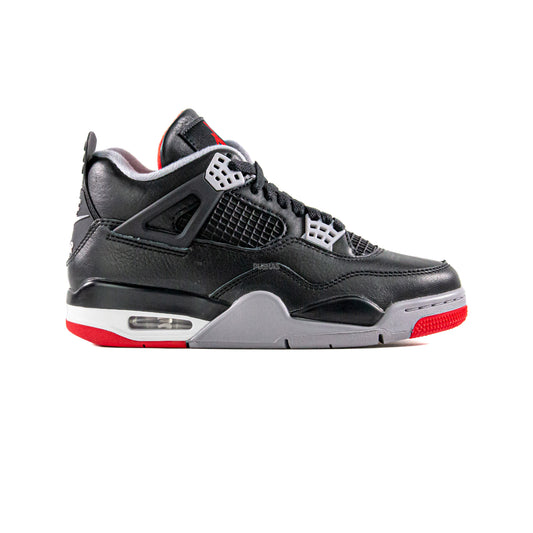
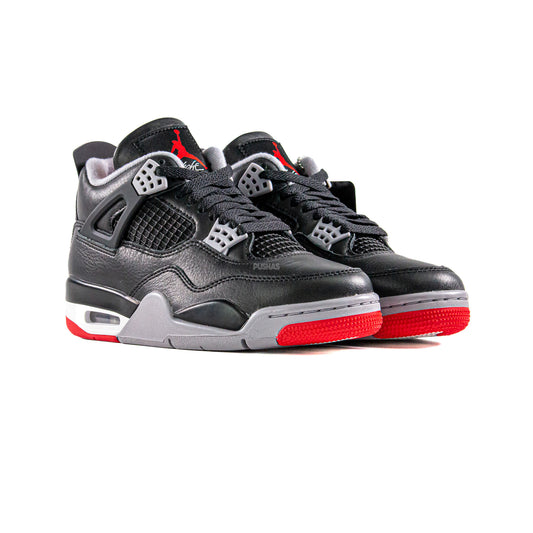
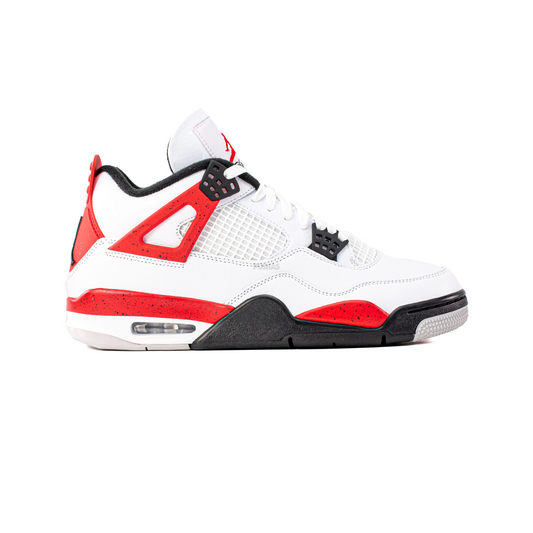
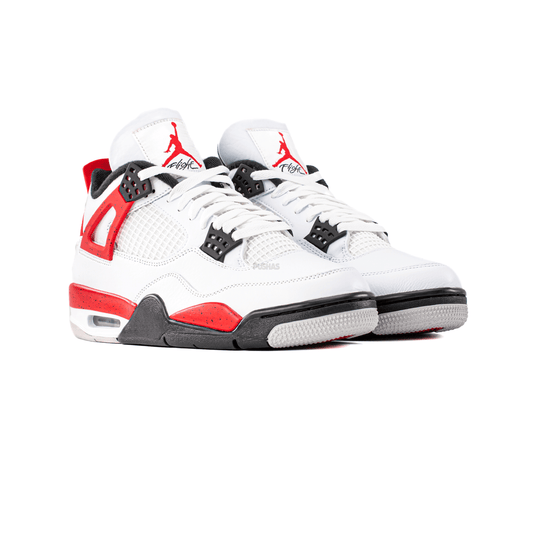
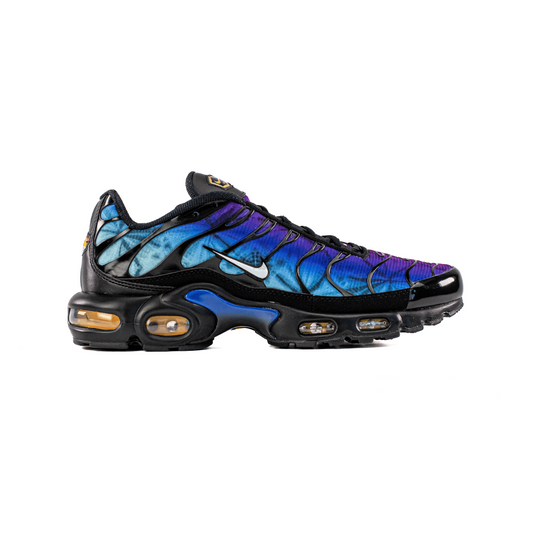
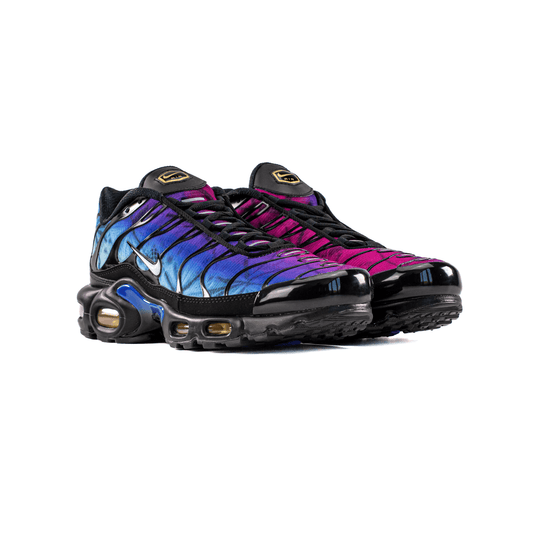
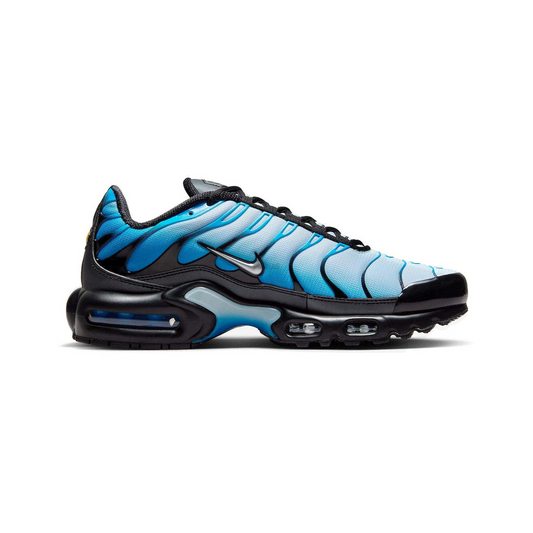
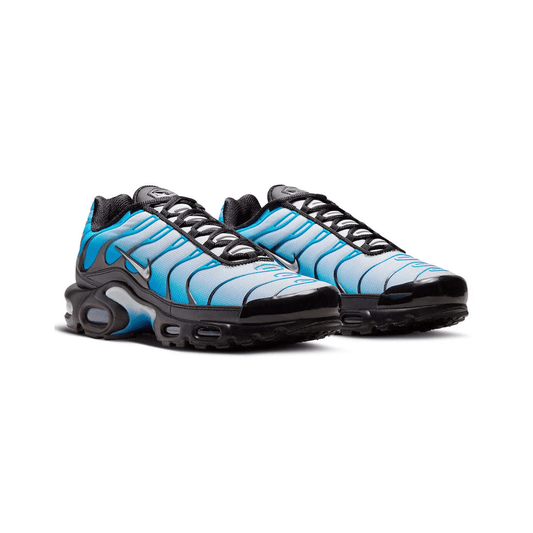
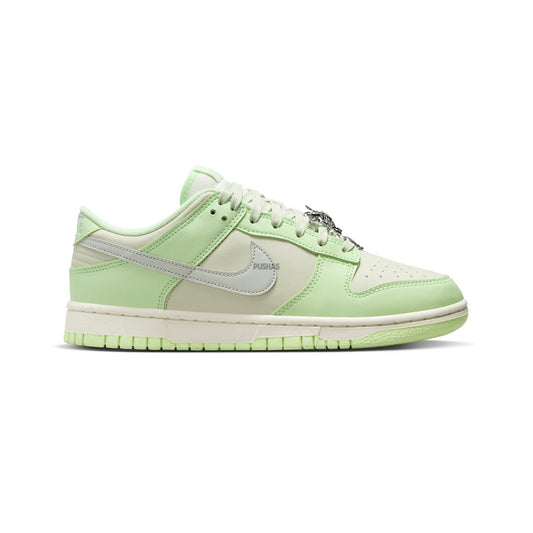
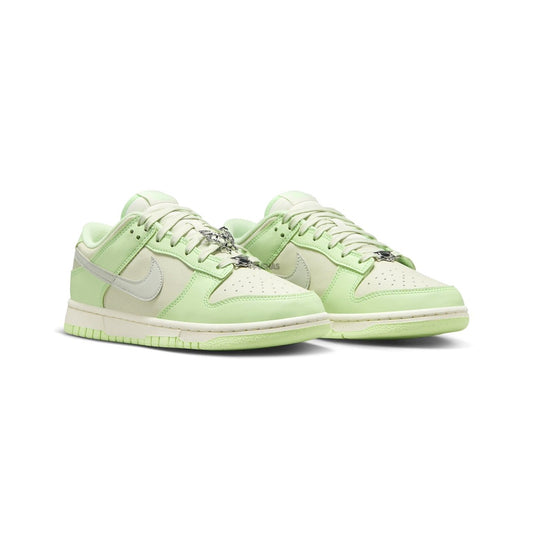
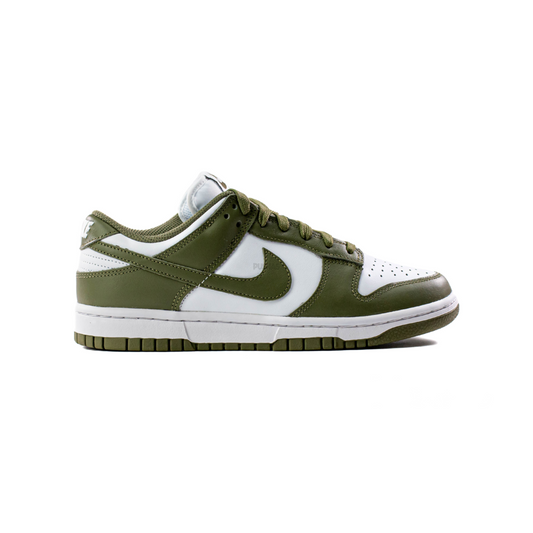
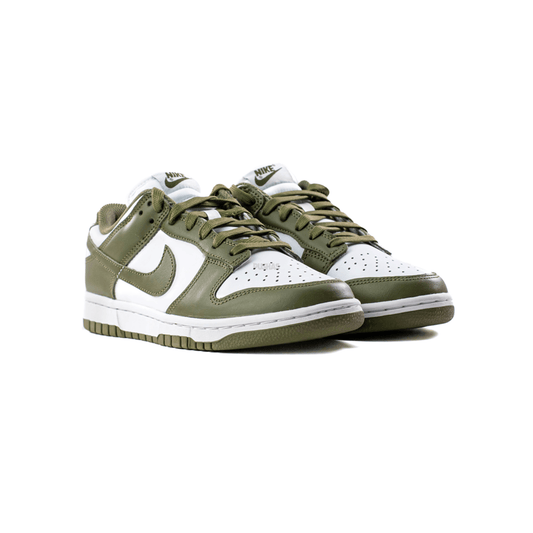
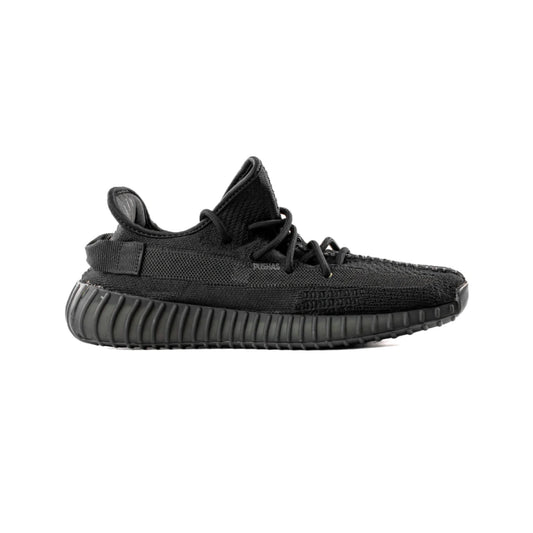
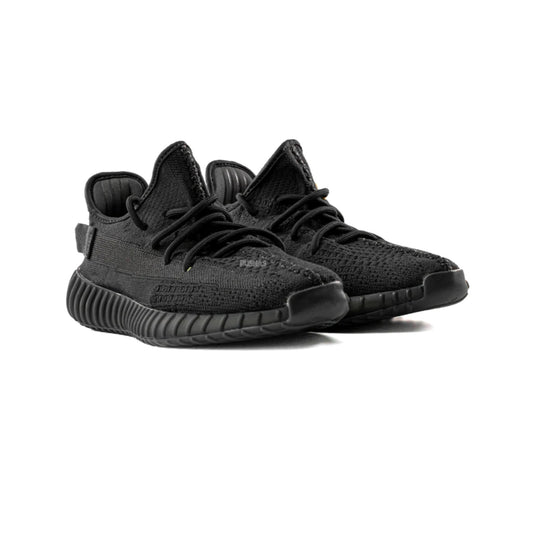
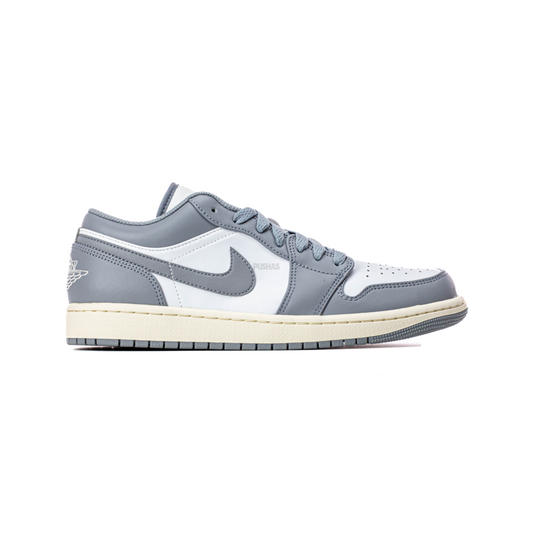
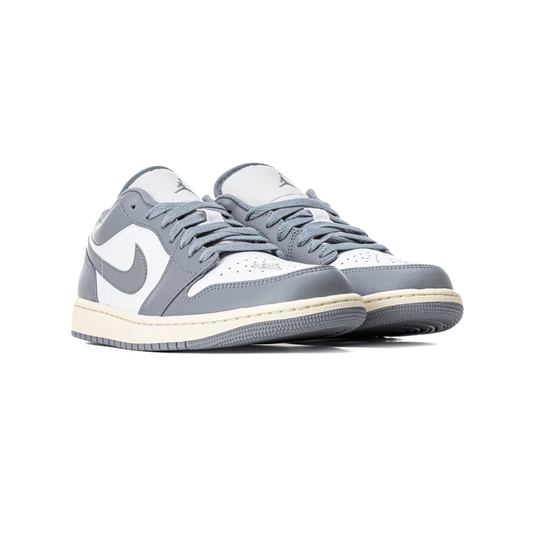
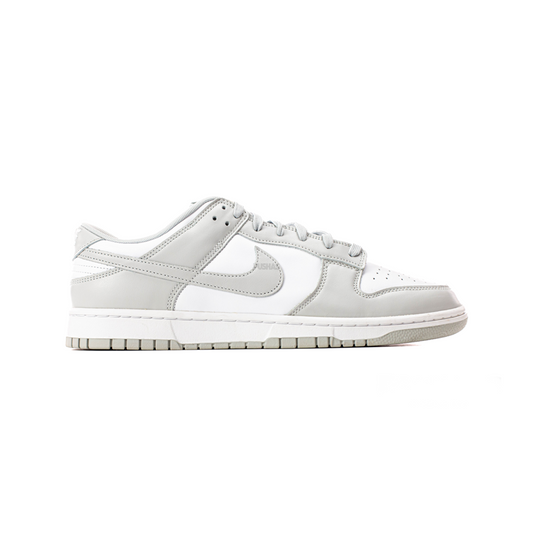
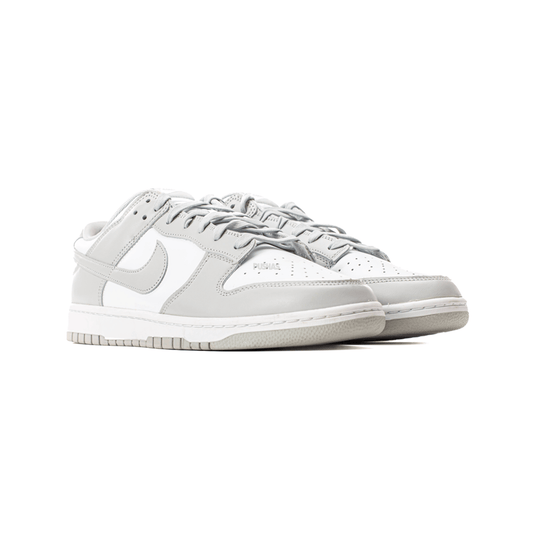
223 comments
nike air max 2017 mens blue
viaishere http://www.viaishere.com/
nike huarache guld kids yankees cap for eu dhgate ajax jersey for cheap royals light blue jersey nike toki low schwarz canucks 2019 jersey for cheap
leanlaw http://www.leanlaw.net/
nike air vapormax sort herre nike roshe run yeezy rosso october kobe 9 chaussures noir jordan 13 low white rot los angeles chargers fan shop for cheap classic ray ban wayfarer model
urbanhit http://www.urbanhit.net/